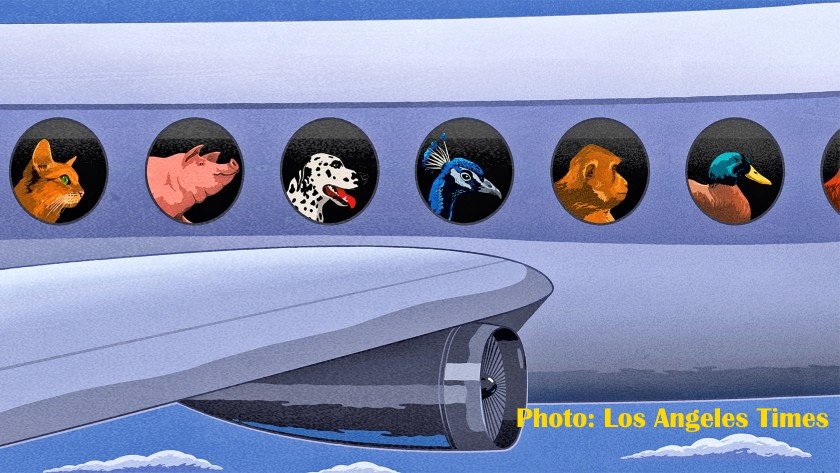-
From ant to elephant, come fly with me. The farce of ESAs.

Here is a conundrum: what is the difference between a companion pet and an emotional support animal or an ESA as we apparently need to call them? For those not familiar with this relatively new phenomenon, an ESA is an animal not trained to perform a specific task to aid a disabled person in the…
-
Animal sanctuary owner taken to court on welfare charges

Earlier this year I remarked on the ease in which well meaning people can set up animal sanctuaries and rescues in the U.K and apply to be bona fide charities with little or no investigation or inspection and often without the knowledge, experience, financial stability or understanding of the long term responsibilities and difficulties they…